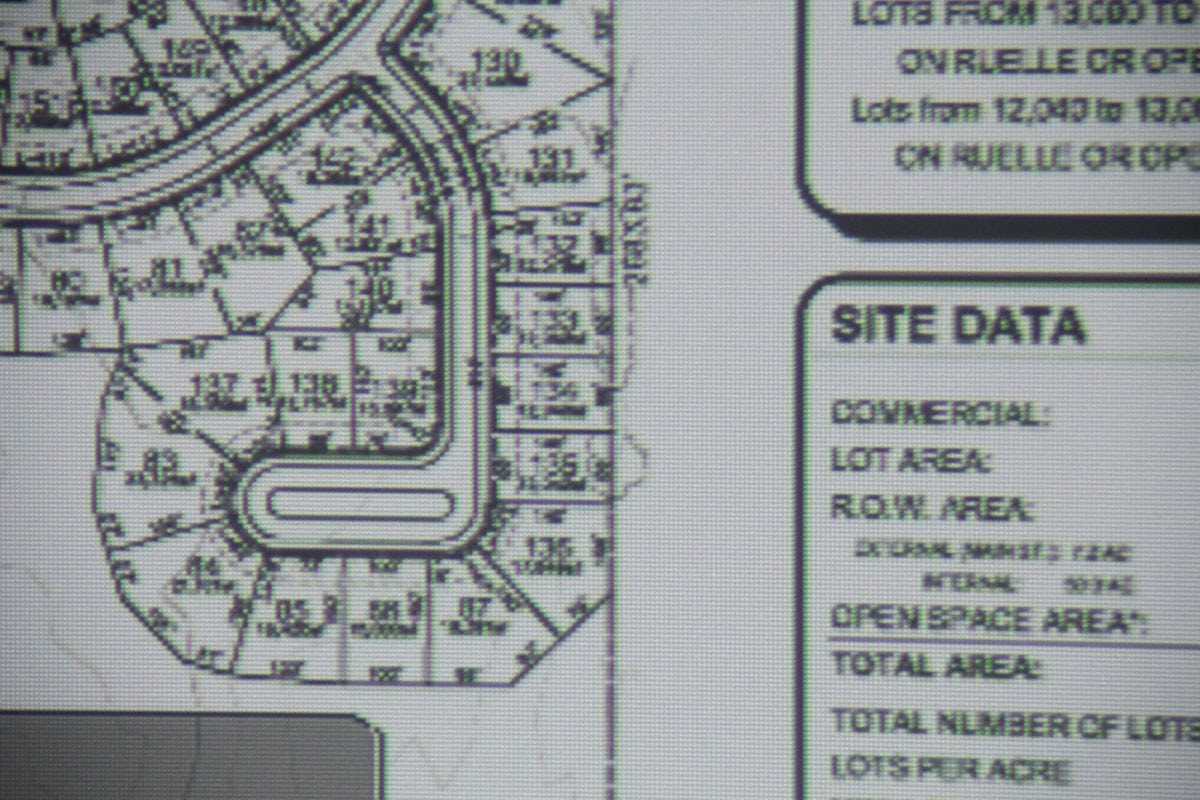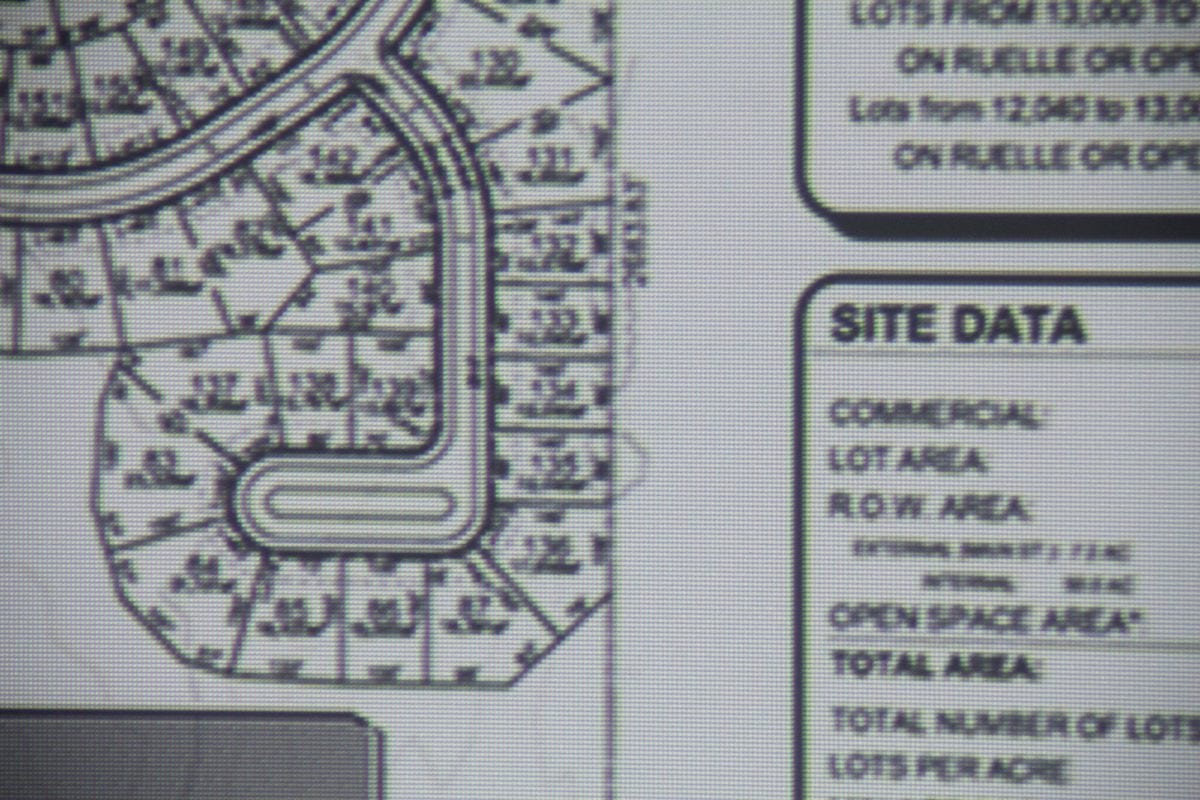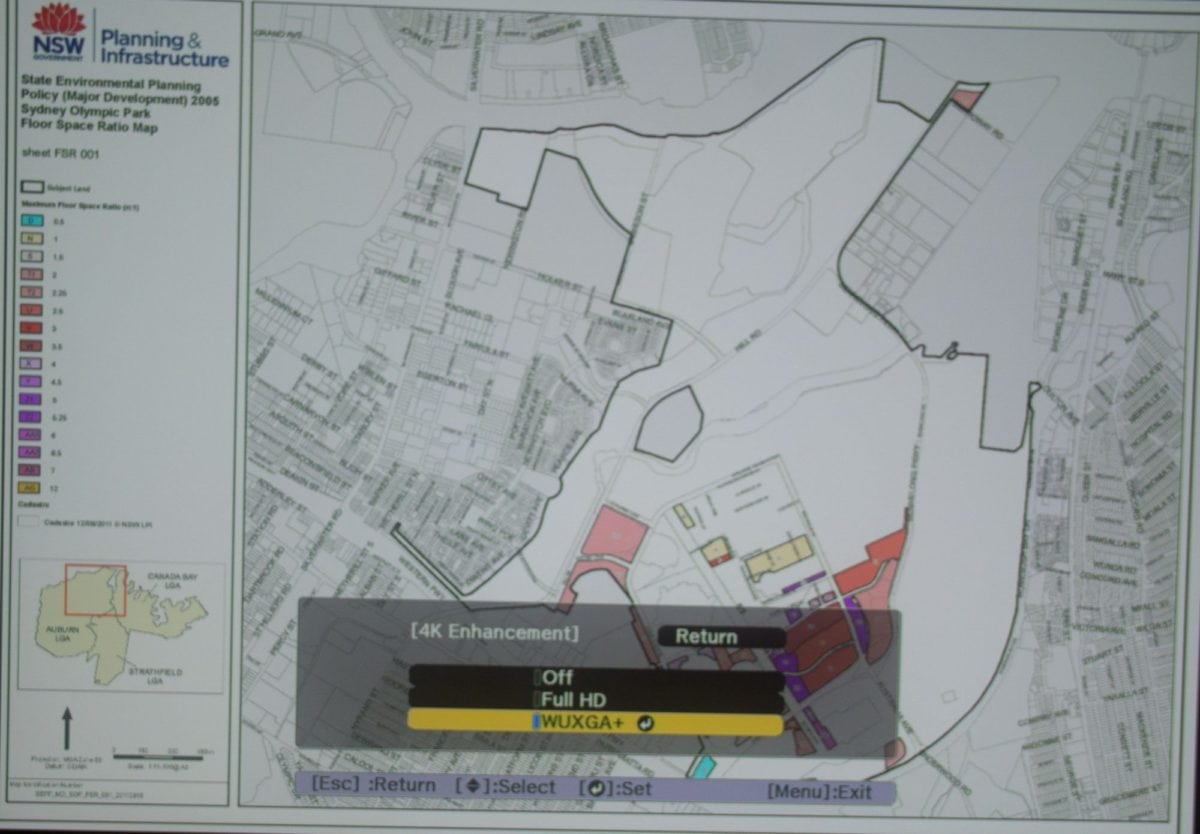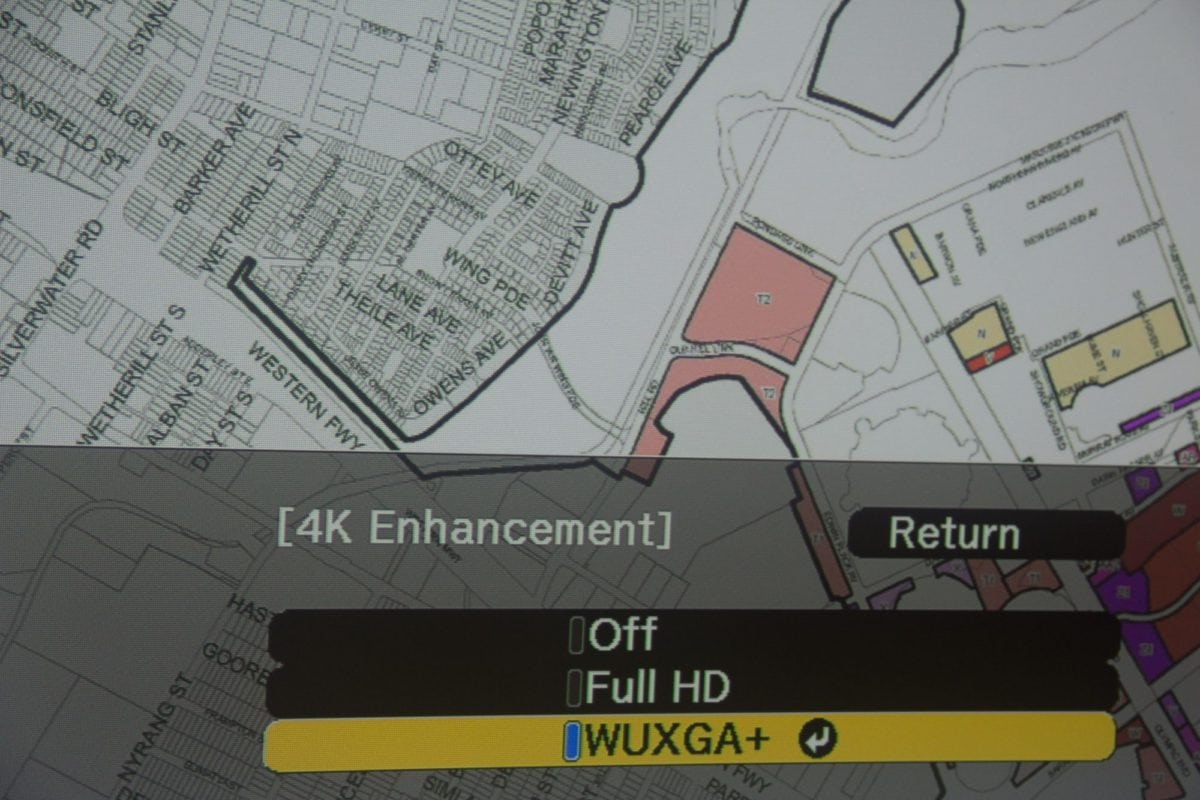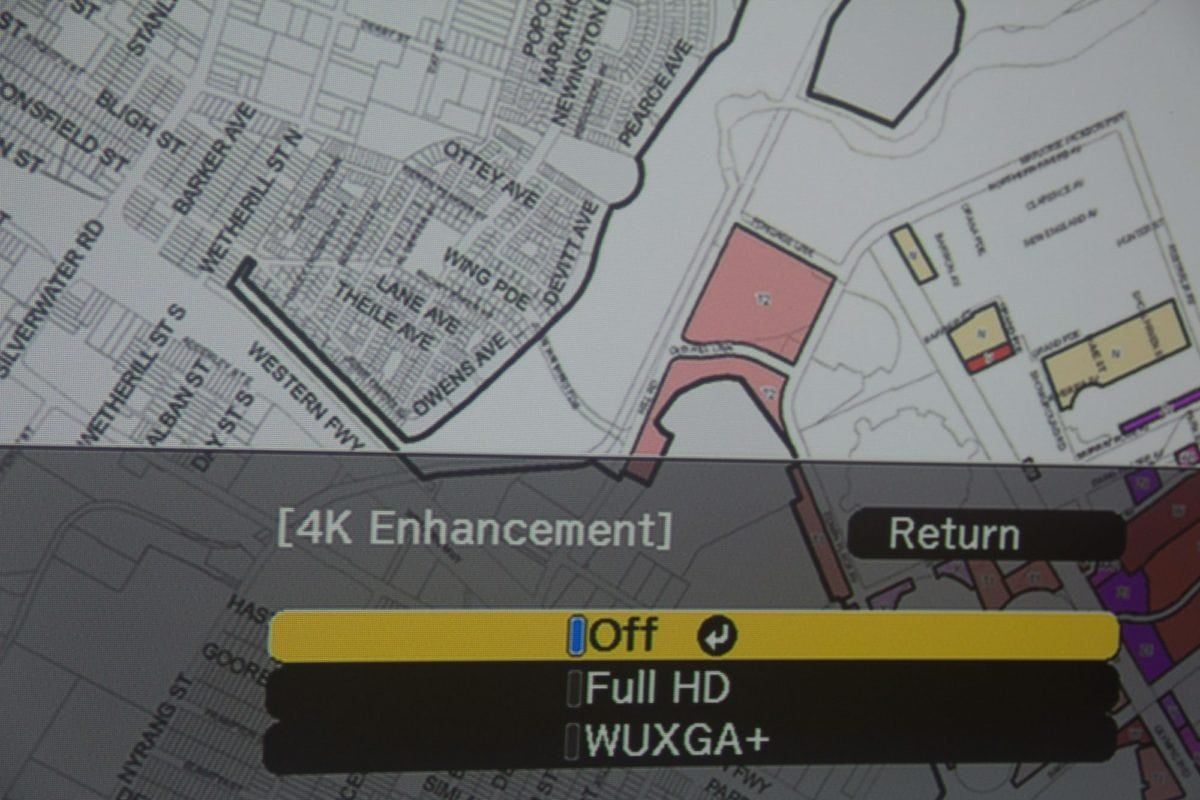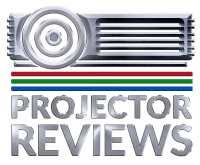Epson Laser Projector Light Engine
These two identical projectors (except for case color) use a dual blue laser light engine. One blue laser ultimately hits phosphor wheels to generate red and yellow beams, while the other blue laser handles the blue component. As with all 3LCD projectors a dichroic prism is used to re-assemble the three different colors into a single full color image.

Epson laser light engine for L1500 and their other L series laser projectors
Overall, the entire L series of laser projectors - with the exception of the flagship L2500 which is still several months away from shipping - is similar, no, make that almost identical to Epson's new G7000 series of lamp based projectors, but for items relating to these having the laser engines instead of lamps.
Epson rates their laser light engine for 20,000 hours at full power. As is the same as with lamps, the life rating is to the point where 50% of brightness is lost. By the time the light engine has run 30,000 hours, the brightness will be down to 30%.

Epson's simplified chart showing laser light engine's life expectancy under different options
Extended mode is basically their "eco" mode. It is 30% less bright than full power, and increases the life and maintenance cycles. The laser engine can be dimmed to any point between 100% and 30% of full power.
Lastly on the brightness topic, there's a Constant mode, below full brightness that is ideal when using multiple projectors for large displays. This prevents the projector from slowly dimming, so that all the projectors can be matched to, and hold brightness for a long time.
When the L1505 encounters a "black frame" of information - something all black to project, it can shut down the laser engine completely producing a true black frame, unlike lamp based projectors (power consumption drops way down too).
Pixel Shifting - A Plus for 2K, an Alternative to 4K
Pixel shifting can do good things. I want to first say though, that taking a 2K projector and adding pixel shifting cannot match a true 4K projector!
What this Epson L1505 projector can do, is accept content up to, and including true 4K content. When fed 4K content, this Epson projector can use pixel shifting to fine tune the image to more closely resemble 4K. That's because the pixel shifting fires each pixel twice, but shifting the location by 1/2 pixel diagonally. With good image processing, that can more closely emulate the original 4K content. Still each pixel is 4X the size of a true 4K pixel.
All but the last two images in this player used 4K content (and show pixel shifting/processing On, Off), those last three are WUXGA (1920x1200) doing pixel shifting On, Off). While there's noticeable improvement with pixel shifting on on 2K content, the end result is even better when the L1505 is fed 4K content.
Believe it or not, the actual differences on the screen were greater, because the heavy compression, and scaling of the images for the web, reduces overall quality of all these images, rendering the differences less noticeable!
It really comes down to what makes the most sense. As you can see in these images above, there are pairs of 4K content, with pixel shifting turned On and Off for comparison. The difference is impressive. I will reshoot some of these images the next time a true 4K projector comes through here (that will be in the next month or so), using a true 4K projector for comparison.
The point is, that small type, fine details that can't be made out with a basic 2K - WUXGA (or 1080p) projector, can often be resolved with pixel shifting. Night and day, not quite, but enough to make a real readability difference on CAD, engineering, and scientific drawings, renderings, and anything else demanding max detail.
Where does this pixel shifting Epson get us, compared to a true 4K projector?
Depending on what you are looking at, I'd say, perhaps half way there. Give or take.
Why is that important? Well, mostly because true 4K projectors cost at least 4X-5X their 2K counterparts. Consider this. Sony 8,000 lumen true 4K laser projector: $60,000. This Epson pixel shifting 12,000 lumen 2K laser projector: under $12K.

These Epson's do lose some advanced features when 4K pixel shifting is used



